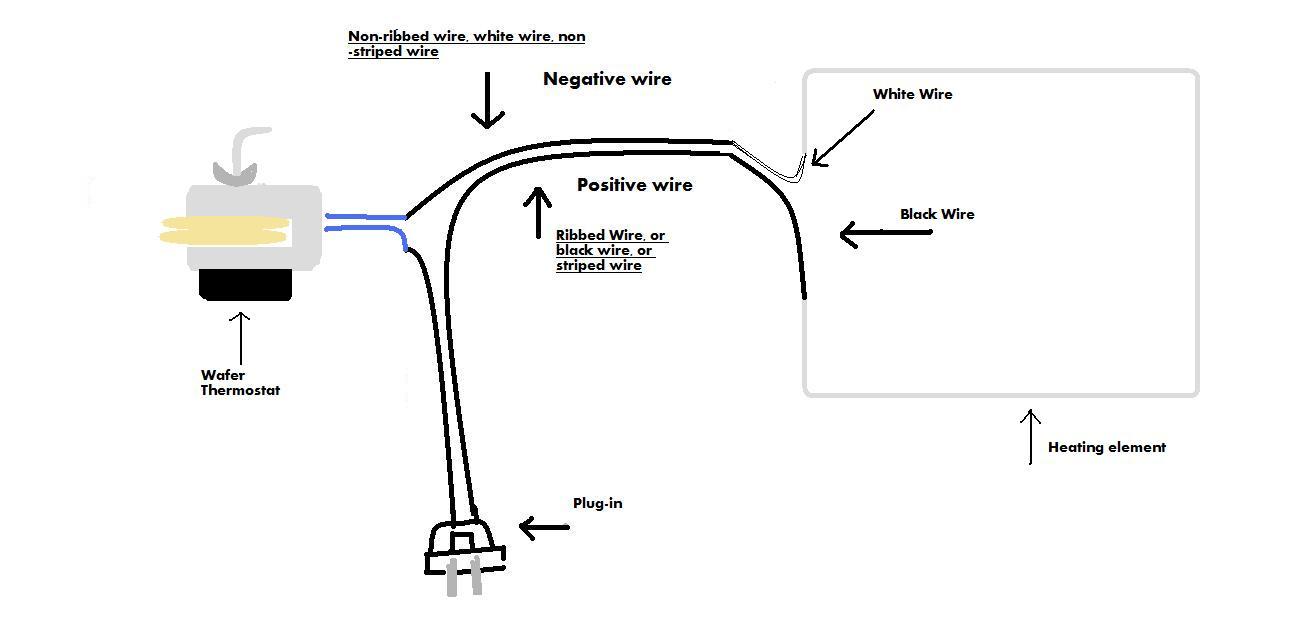- Apr 6, 2012
- 30
- 1
- 24
Here is my thoughts but I need input from some folks that have actually had success.
I have an LG, PC fan, and turner.
I am thinking...
disassemble LG
Take utility sink, build box to set it in and insulate the area b/w sink and box with "Great Stuff" insulating foam.
Use the bottom of the LG in the bottom of the sink
I haven't thought too much into the Lid but use the heating elem and thermostat off the LG top to regulate the "Sink" heat
I think this would be big and deep enough to use a bigger fan or multiple PC fans. Is bigger better or is multiple better?
Line walls with Sham Wow or whatever those super absorb cloths are for increased humidity during lock down
Put vent holes where h2o can be dripped down onto cloth walls
I just had a 100% failure after baby-ing that %^&* LG for 25 days. Temp erratic, humidity...shoot I was consumed in temp crazies to even attempt to regulate humidity accurately. I did increase at end but IDK to what, enough to produce condensation. I am just crushed and disillusioned and think I can to better than the LG.
I have an LG, PC fan, and turner.
I am thinking...
disassemble LG
Take utility sink, build box to set it in and insulate the area b/w sink and box with "Great Stuff" insulating foam.
Use the bottom of the LG in the bottom of the sink
I haven't thought too much into the Lid but use the heating elem and thermostat off the LG top to regulate the "Sink" heat
I think this would be big and deep enough to use a bigger fan or multiple PC fans. Is bigger better or is multiple better?
Line walls with Sham Wow or whatever those super absorb cloths are for increased humidity during lock down
Put vent holes where h2o can be dripped down onto cloth walls
I just had a 100% failure after baby-ing that %^&* LG for 25 days. Temp erratic, humidity...shoot I was consumed in temp crazies to even attempt to regulate humidity accurately. I did increase at end but IDK to what, enough to produce condensation. I am just crushed and disillusioned and think I can to better than the LG.


 Im just still chewing on ideas
Im just still chewing on ideas 


